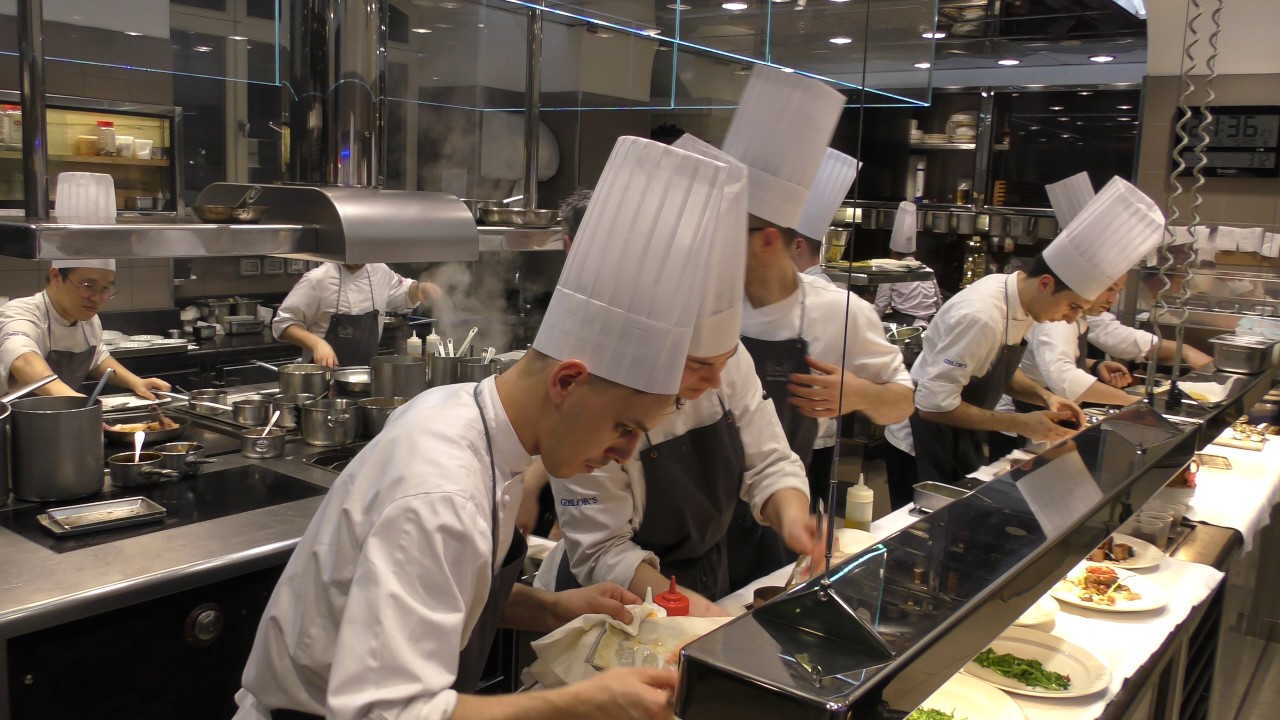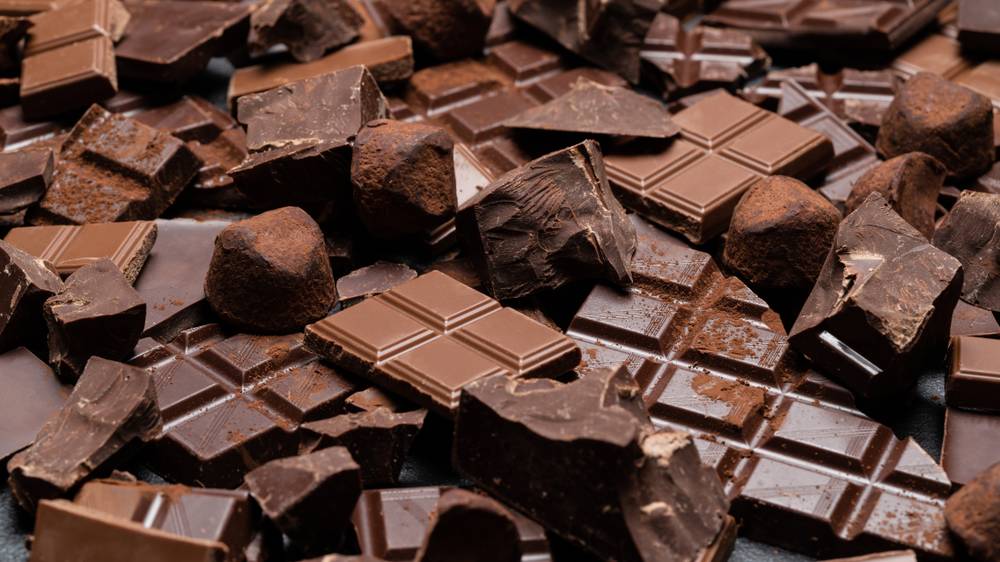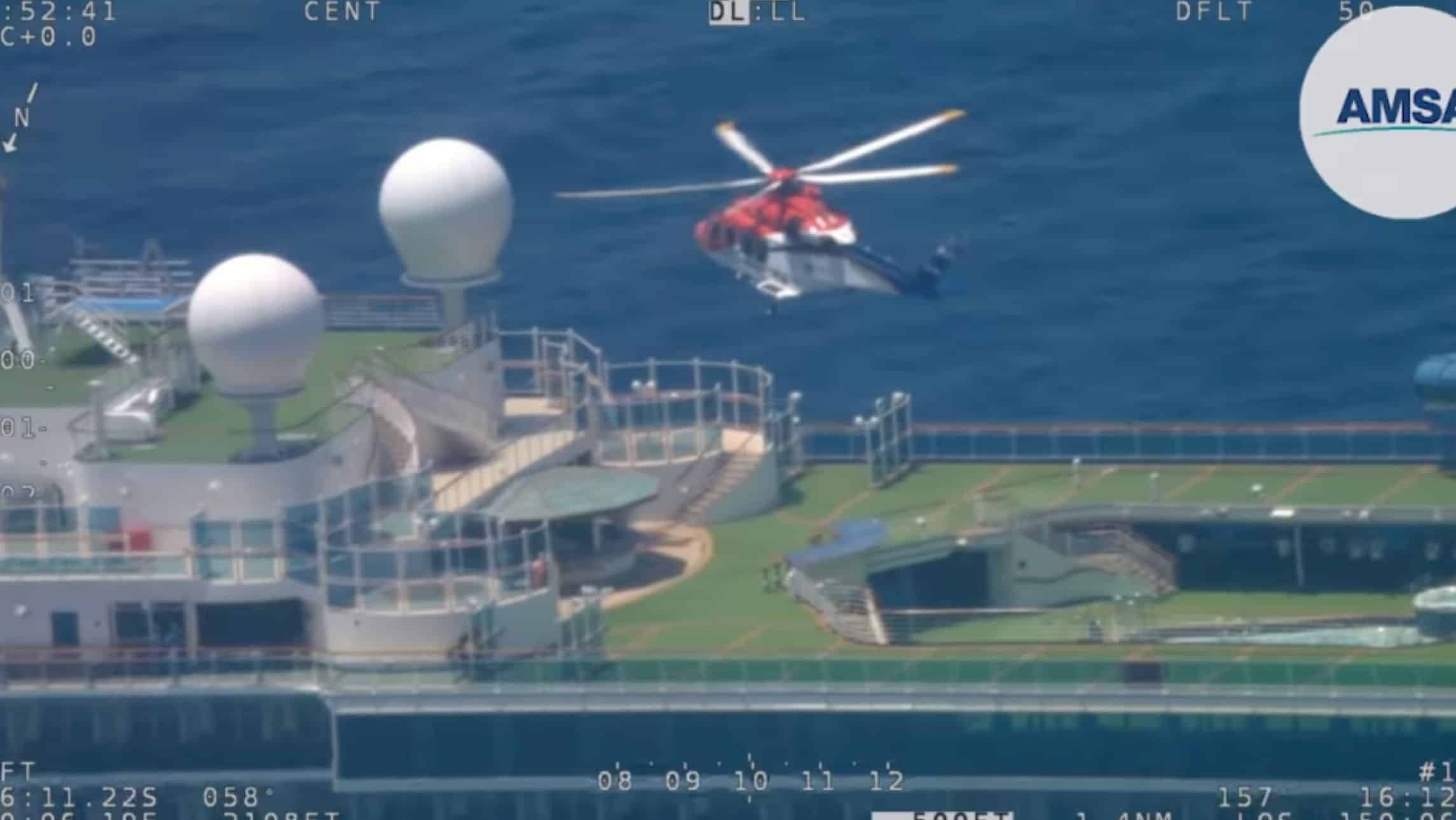Cruise ships of the future look set to carry up to 10,000 passengers, not even including the crew. That’s a city at sea…and a lot of mouths to feed. How do these ships feed several thousand people three meals a day, plus all-day snacking options?
The answer: with a great deal of supplies! In fact, the amount of chopping, slicing, dicing, sautéing, simmering and sizzling that happens behind the scenes on a large passenger cruise ship could be likened to feeding an army.
We’ve entered the kitchens to find out exactly what it takes to satisfy this many appetites and exactly how much work happens in the kitchens to make this military-like operation possible. Loosen your belts.

Symphony of the Seas – Royal Caribbean
Symphony of the Seas is the world’s largest cruise ship, hosting a maximum of 6,680 passengers.
On a typical week-long itinerary, this ship would require:
Eggs: 60,000
Chicken: 4,400kgs
Beef: 6,800kgs
Ice-cream: 317kgs
Potatoes: 9070kgs
Flour: 5,715kgs
Salmon: 1,133kgs
Lobster tails: 952kgs
French Fries: 2,267kgs
Bacon: 2,404kgs
Flour Tortillas: 5,443kgs
Chicken wings: 900kgs
Coffee: 680kgs
Varieties of Fruit: 40
Varieties of Vegetables: 80
Cases of Champagne: 450
Slices of Pizza: 3,200 per hour

MSC Bellissima – MSC Cruises
Still considered at the larger end of the scale as a passenger cruise ship, with 5,686 guests and approximately 1,500 crew.
Eggs: 36,000 per week
Cups of Coffee: 2,000 per day
Bottles of wine: 6,800 per week
Pizzas per day: 800
Chocolate: 1.5 tons per month
Ice cream: 1.2 tons per month
Cheese: 4 tons per week
Croissants: 15,000 per day

Norwegian Bliss – Norwegian Cruise Lines
Considered mid-size as an ocean cruise ship, with 4,004 guests at maximum double occupancy and 1,716 crew. (Amounts are per week)
Eggs: 70,000
Potatoes: 6,804kgs
Beef: 7,707kgs
Chicken products: 10,654kgs
Loaves of baked bread: 7,497
Bottles of wine: 1,800
Pizzas: 3,997
Chocolate: 679kgs
Cups of Tea: 4,200
Cups of Coffee: 38,500
Bottles of champagne: 1,600

How do they do it?
This food doesn’t just magically appear, fully prepared, dished up, and then disposed of. There’s an obscene amount of coordination involved behind the scenes. Especially when you consider there are upwards of 25 separate bars and restaurants onboard some of these ships.
MSC Cruise’s Food and Beverages Procurement Director, Emanuele Lavarello says: “The ship sends a request to our office according to the loading schedule, usually one or two weeks prior to the loading day for local provision, but in some cases, further in advance.”
The ship’s food requests are based on past experience of consumption, and the list of basic food items needed to prepare for on board menus. For example, when touring in the Mediterranean, and before every cruise, MSC Bellissima loads most of its provisions at its homeport of Genoa, Italy and receives an average of 15 trucks full of food and beverages per cruise, including fresh produce.
Ports of call
During cruise seasons, ships generally stop at each port for a duration of around 10 hours, allowing for re-stocking of provisions, in a military-like fashion. This is the ‘behind the scenes’ action that few passengers ever see, but essential to the onboard dining offerings.
Even a relatively small cruise ship like Viking Orion with a maximum capacity of just under 1000 passengers can charge through 5,000 eggs and 4,000 cups of tea in a day.
Loading up
Mr Lavarello says: “Fresh produce is often sourced locally during the season, since it must be managed and delivered very carefully due to limited shelf life and storage temperature constraints.
“We also use tactics like buying different kinds of ripeness for the same products in order to have ready-to-eat items that can be served at perfect ripeness for the guests throughout the cruise,” he said.

Loading can involve more than 100 different operators and can take up to eight hours on the pier. The ships have an inventory compliance officer, the food and beverages director, the provision master and the chef and storekeeper all playing role.
Waste disposal
What goes on board must come off – and it’s an ever increasing concern for cruise operators to declare their investment into waste management, waste recycling and repurposing.
On the upside, cruise ships on average recycle about 60% more waste per person than the average person recycles on shore.
A ship with 6,000 people on board can generate around 12,000 tons of waste water, 24 tons of wet waste (food waste and bio sludge from waste water treatment plants) and 14 tons of dry waste (solid burnable waste, plastic, glass, tins and cans) per day. All this waste together is enough to fill around 110 trucks.









Transporting what amounts to a small city on a boat around the world is absolute madness.
I understand cruise brands run by just one operator, Carnival Corporation, emits 10 times more cancer-causing gases in Europe than all of the continent’s passenger vehicles combined.
And that’s not to mention the destruction of marine life and ecosystems to build ghastly cruise terminals in what were once pristine coastal locations.
And, you’re singing the praises of increasing the size of these monstrous ships? How can you justify your position? Is it just money that motivates your industry? Have you no social conscience at all? Or are you all in the camp of climate change deniers? Do none of you have children and grandchilden? What’s their future looking like?
I’m mystified that with science screaming out for everyone to do their bit to reduce emissions – that’s individuals and business, the cruise industry doesn’t seem to care one iota.
I wish I had more words.